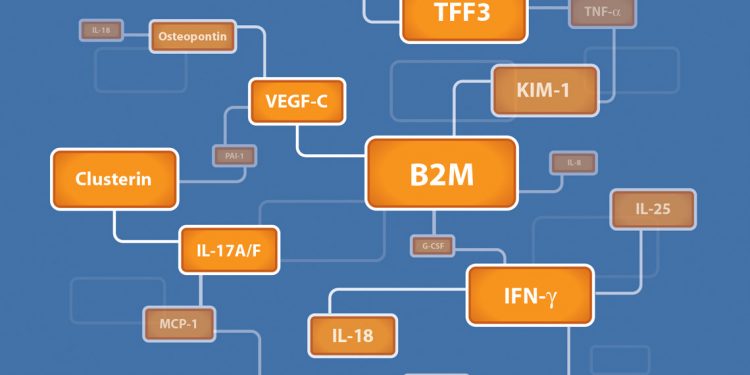
Sequenced — Comic Series

What You Need to Know About Packing Resins at Process Scale

Quick Tips for Bio-Plex Assays

A Mixed-Mode Approach — An Alternative to a Three-Step mAb Purification Process

Preamplification and How it Can Be Used to Maximize qPCR Data Generation from Limited Samples

Tips to Make Fluorophore Picking Easier

Key Steps to Ensure Optimized and Reproducible qPCR Experiments

Characterization of Critical Reagents for Ligand Binding Assays

Multiplex Immunoassays: Five Tips for Optimizing Your Experiments


